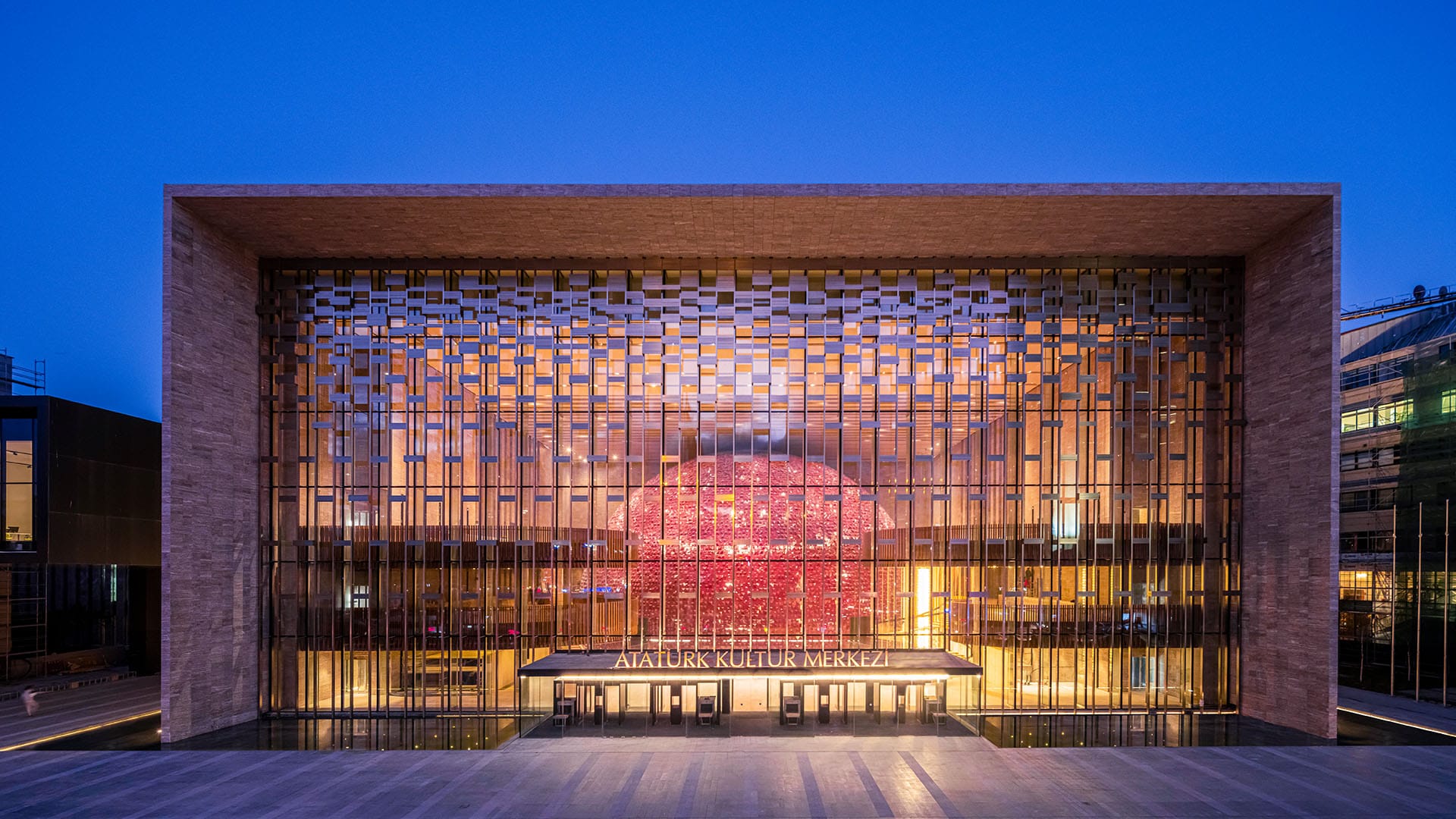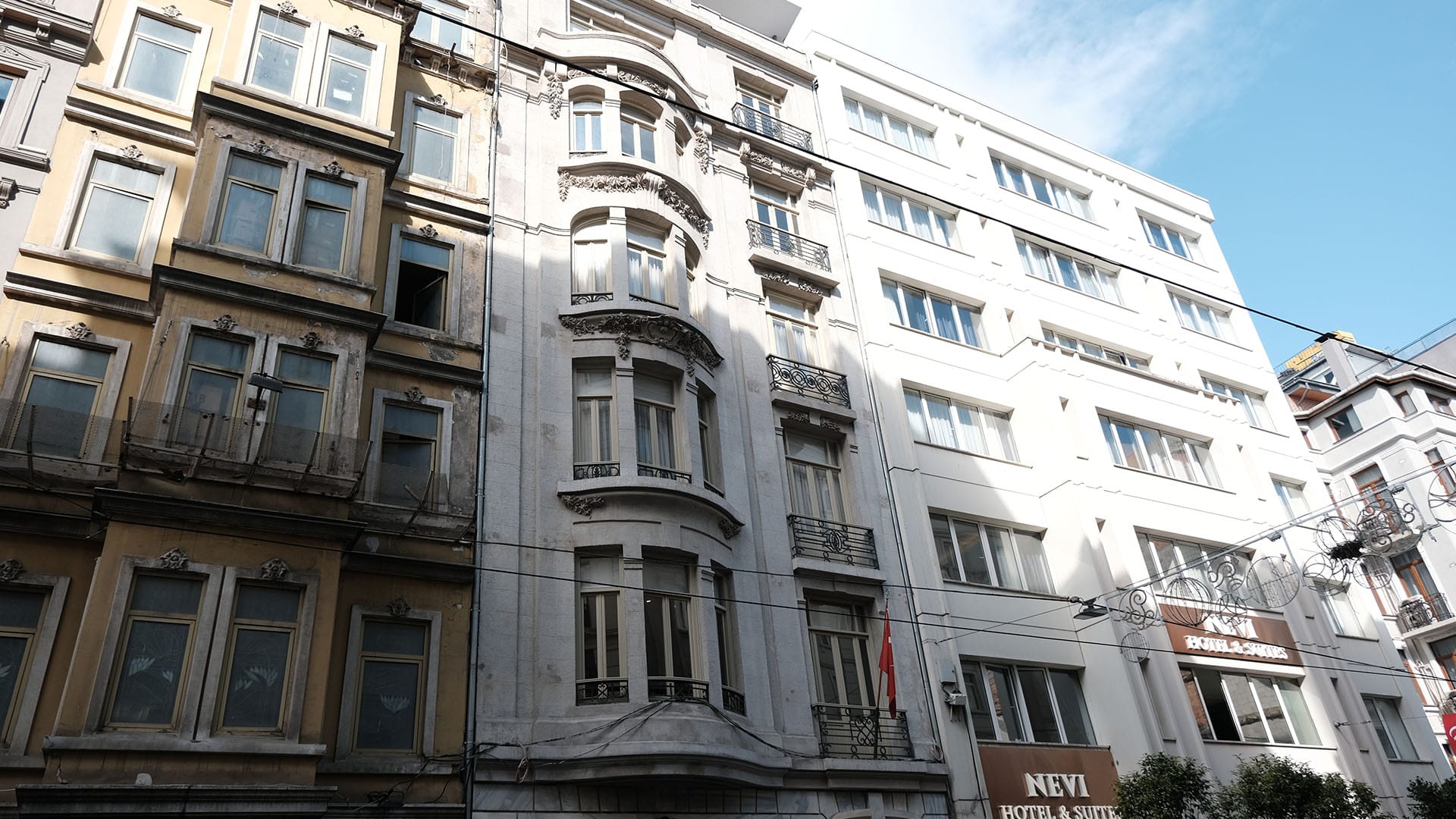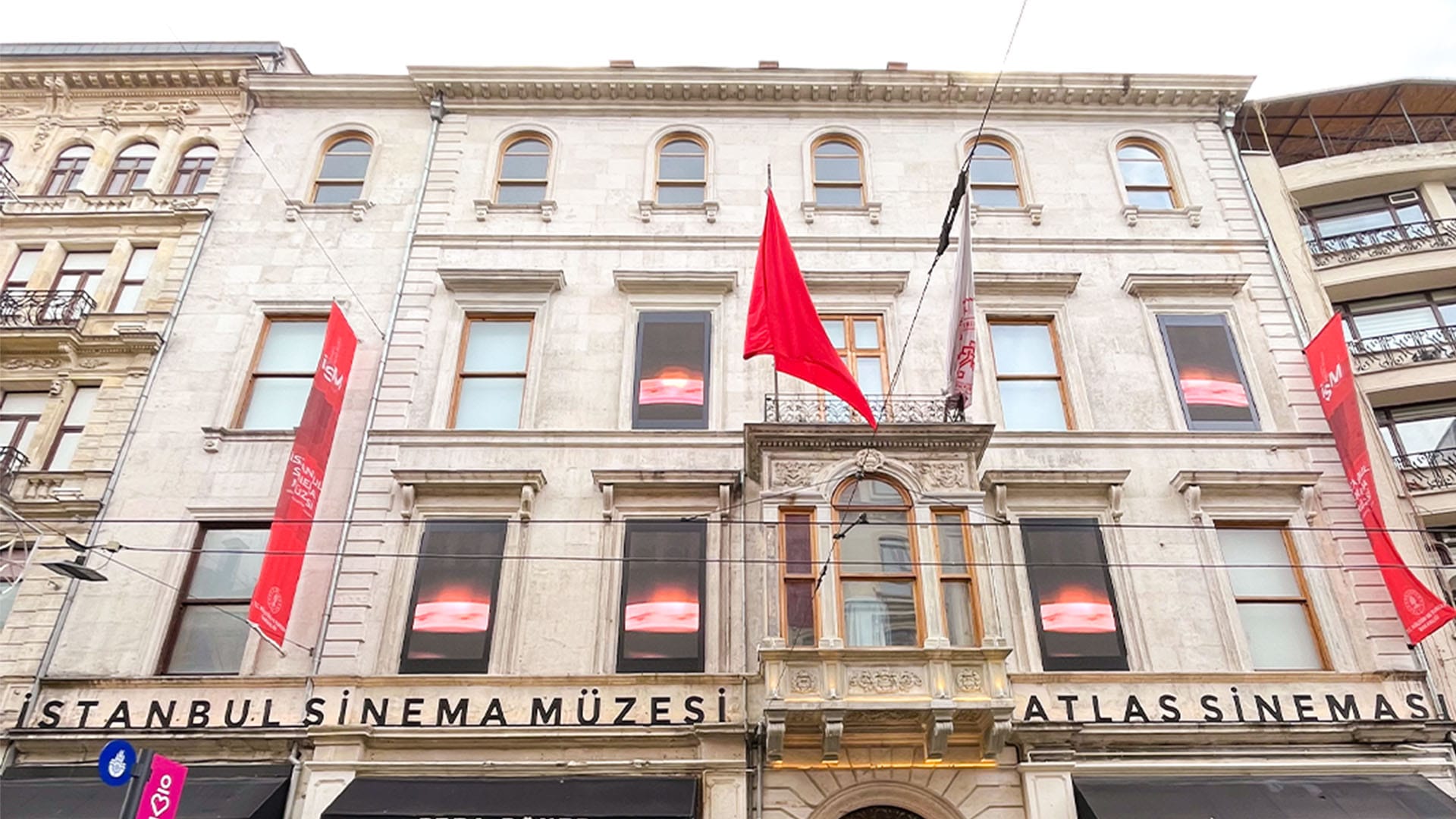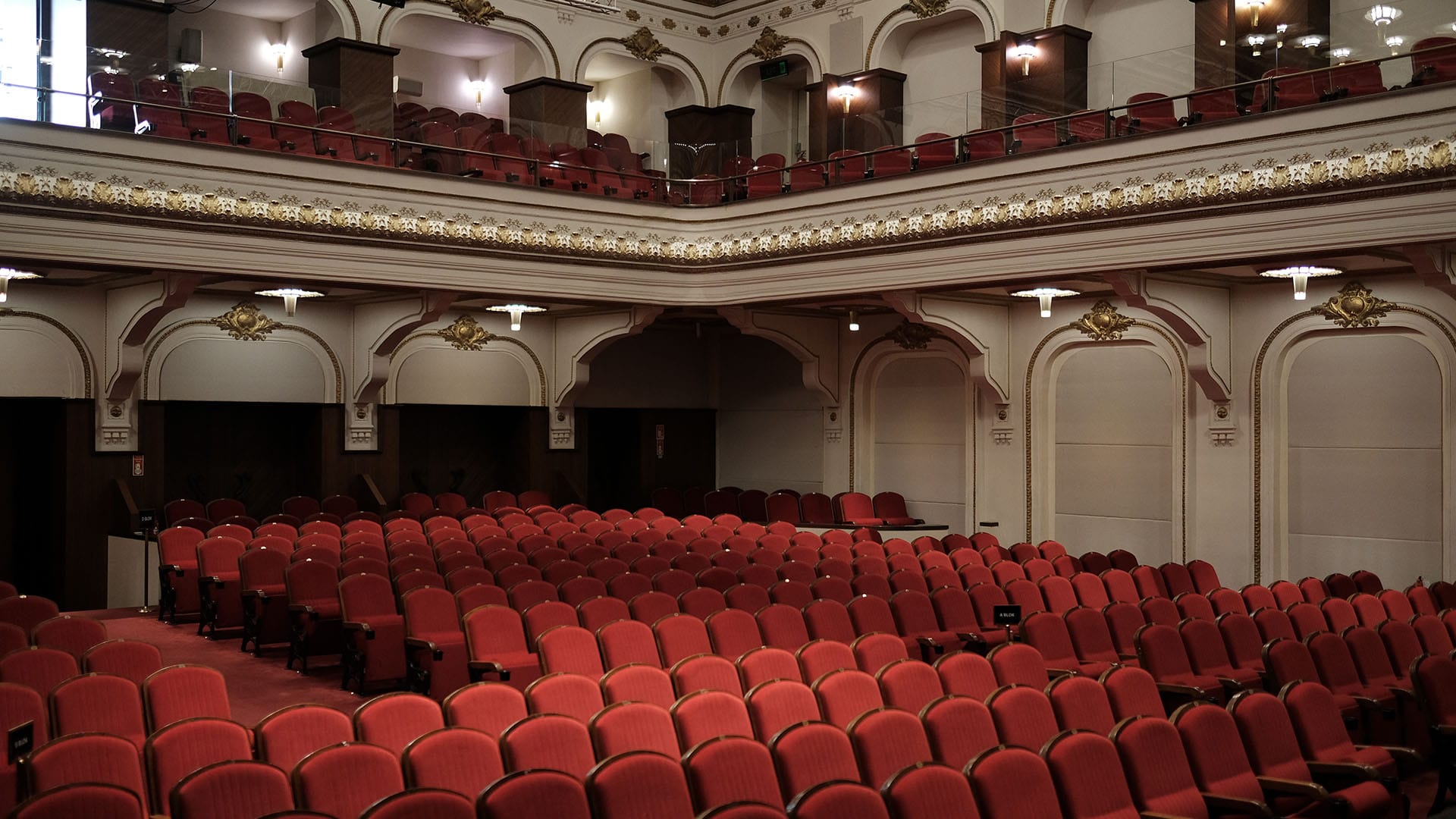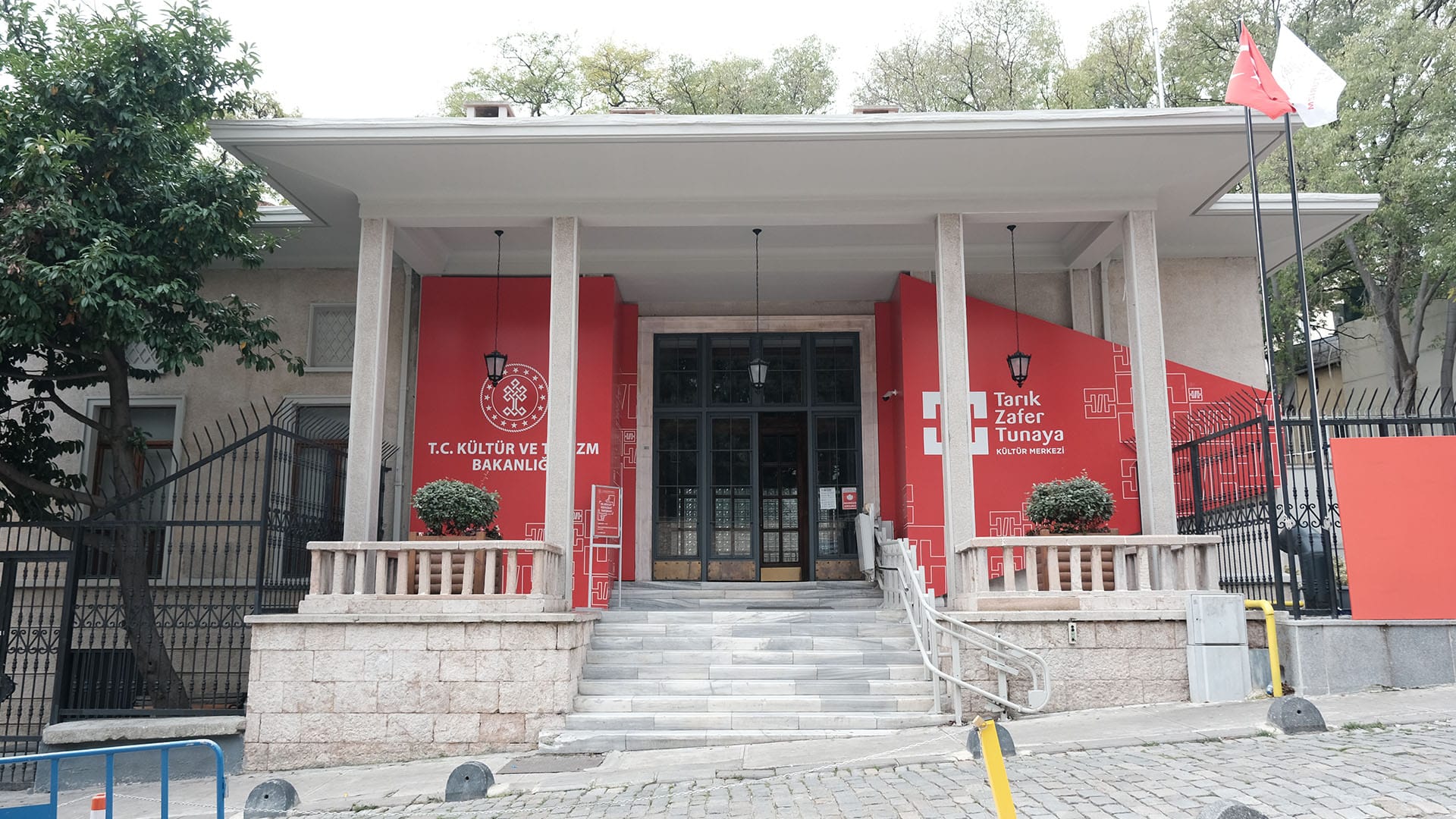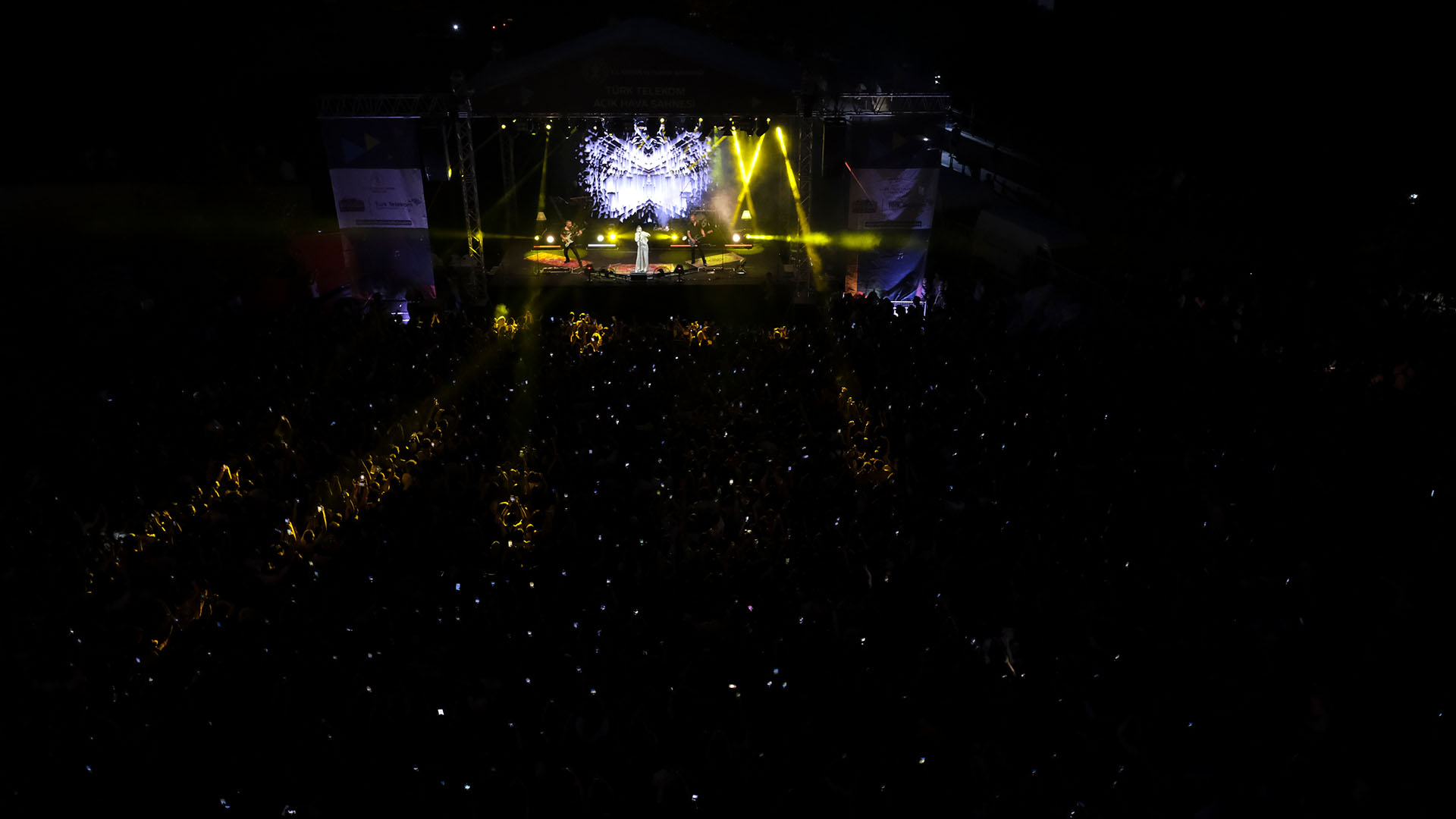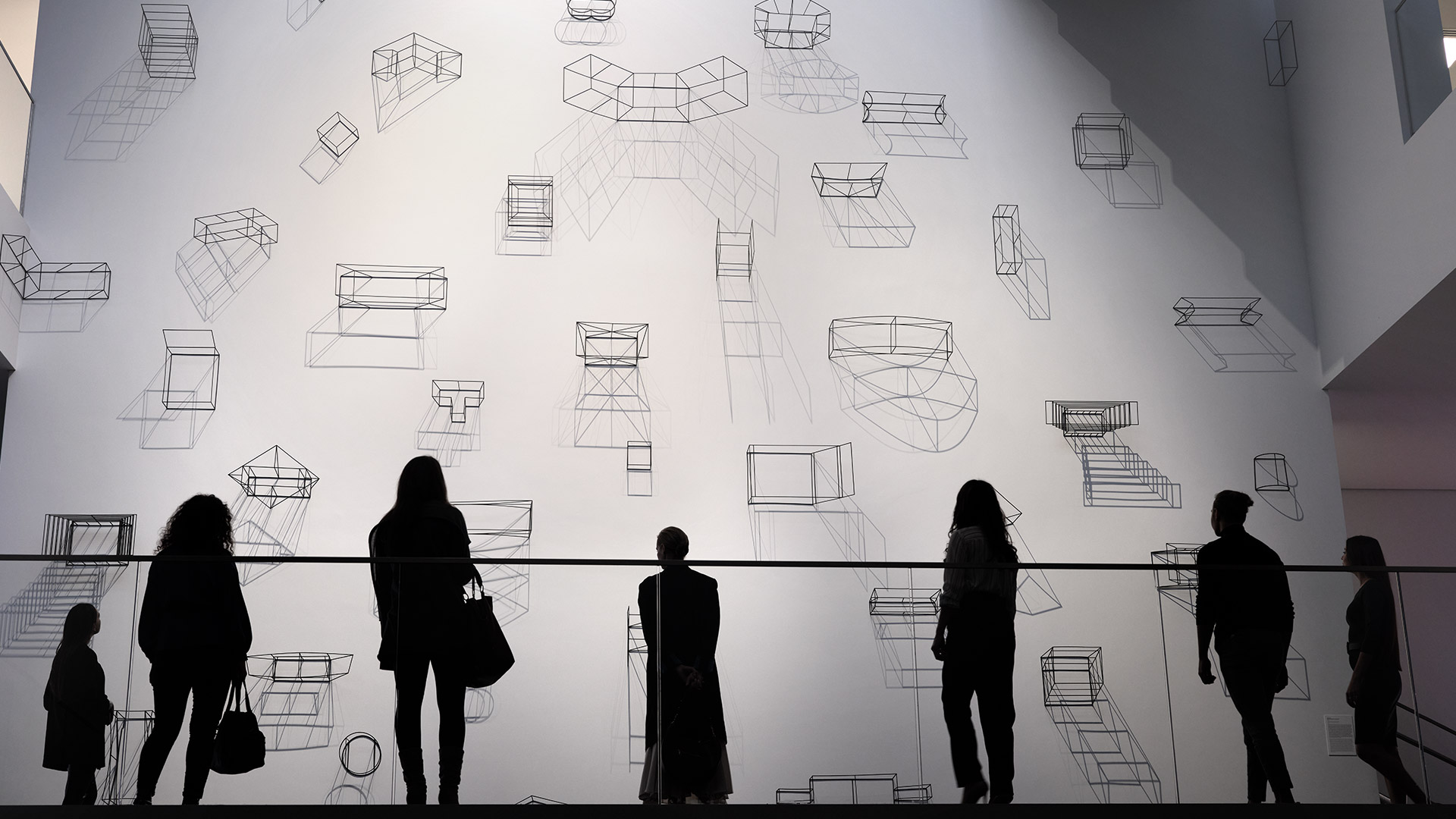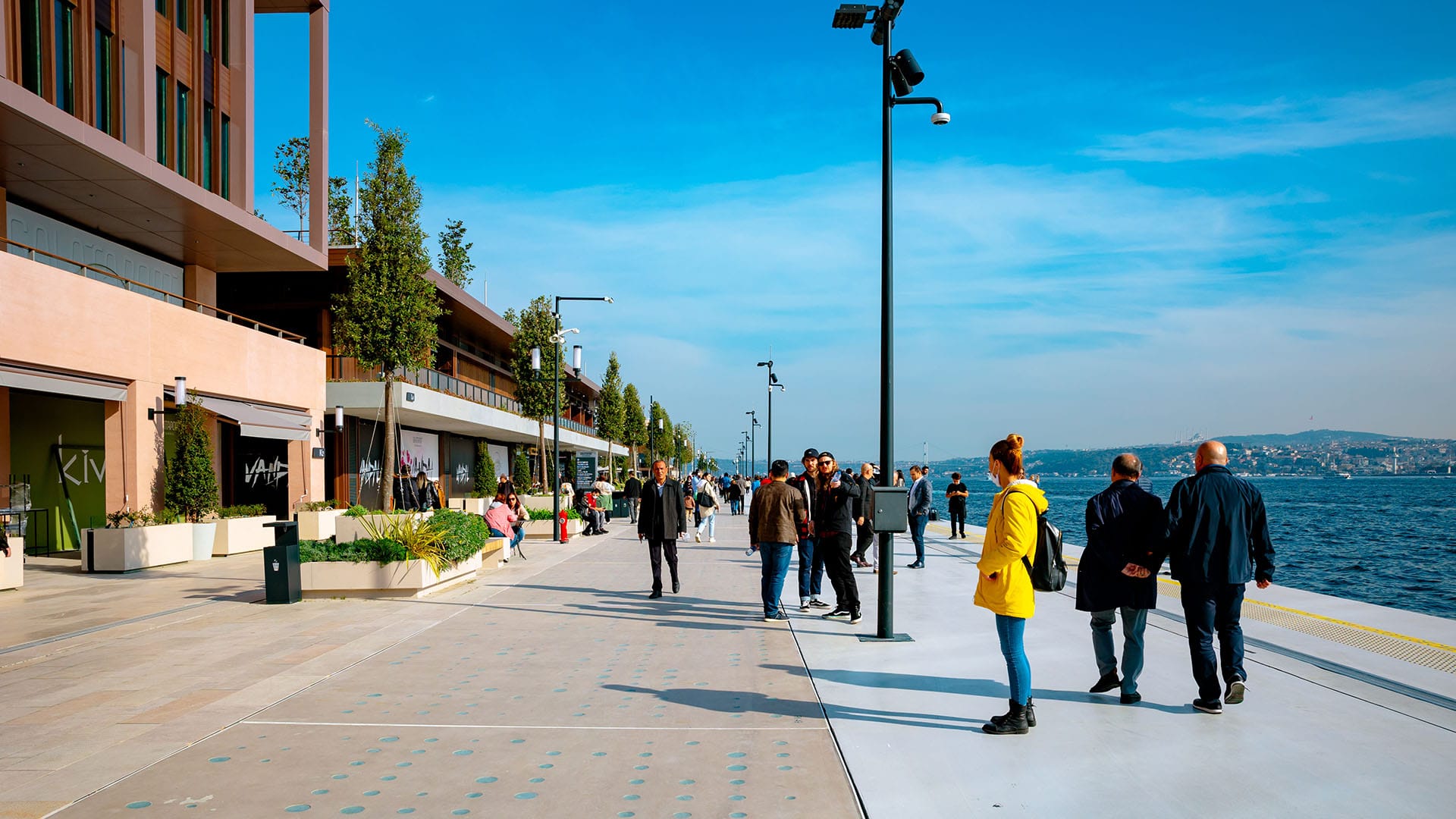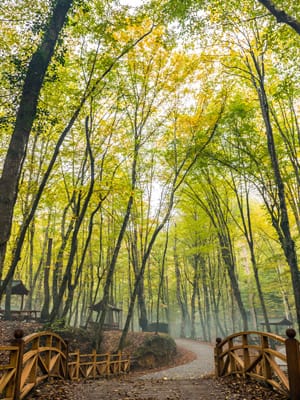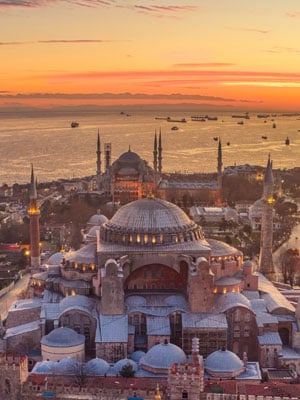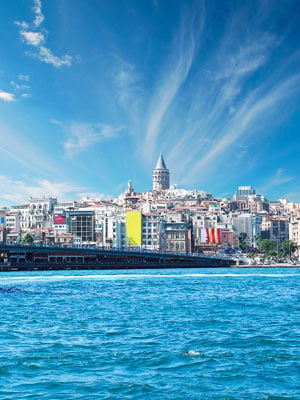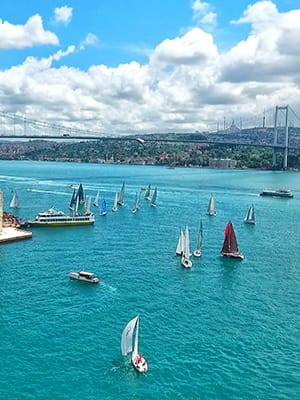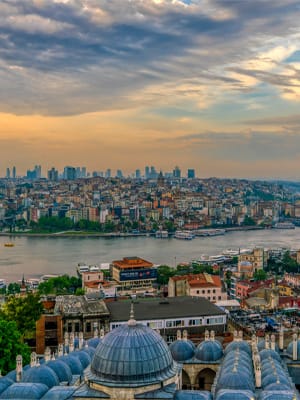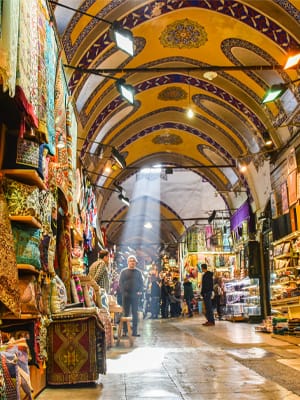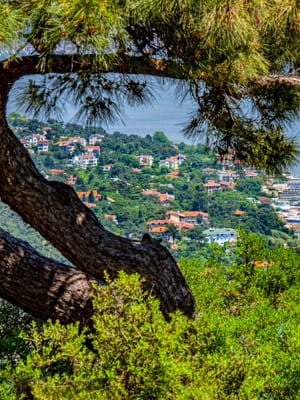

experiences
Beyoğlu Culture Route
Take A Stroll Through Culture Street
Beyoğlu Kültür Yolu, The Beyoğlu Culture Route festival, which aims to make İstanbul a tourist attraction, will stretch from the new vibrancy of Galataport to the contemporary and revitalised Taksim Square.
Work on the route of the Beyoğlu Culture Route Festival, which has been carefully prepared by the Ministry of Culture and Tourism, hosting regular cultural and artistic events in İstanbul and Türkiye.
The route passes through various essential stopovers for the keen eye of visitors for a hankering towards the arts, Tarık Zafer Tunaya Cultural Centre, Emek Cinema, Mısır Apartment, Mehmet Akif Ersoy Museum House, Atlas Passage, İstanbul Cinema Museum, Taksim Mosque, and Cultural Centre to name but a few, and eventually arriving at the crown jewel of culture the new Atatürk Cultural Centre; the bustling main hub of Culture Route.
A Cultured Walkabout
The Beyoğlu Culture Route is a wonderful tribute to İstanbul’s identity through architecture, art, and culture. The route, which stretches from Galataport İstanbul to Taksim Square, includes several sites that enrich the art and culture in İstanbul.
These include the Galata Tower, the Galata Mevlevihanesi Museum, the Tarık Zafer Tunaya Culture Centre, the Garibaldi Scene, the Mehmet Âkif Ersoy Memorial House, the İstanbul Painting and Sculpture Museum the İstanbul Cinema Museum (Atlas Cinema), the Grand Pera, the Beyoğlu Refia Övüç Maturation Institute, and the Taksim Mosque Culture and Arts Centre. The Beyoğlu Culture Route strives to protect the cultural heritage in its original form and restore Beyoğlu to its former glorious texture.
So let us embark on a little journey, starting with the Atatürk Cultural Centre, which has left deep and significant traces in the memory of art and culture not only in İstanbul but also in Türkiye. On 29 October 2021, it opened its doors to art lovers in its renovated building, reminding visitors of its former architecture.
AKM İstanbul as it is also known, which includes many artistic institutions, is ready to welcome art lovers with its eye-catching, towering red sphere; the grand entrance to the opera house, its interactive gallery, multi-purpose hall, and theatre hall.
In addition to the events organised by the established institutions, AKM İstanbul also opens its doors to joint and foreign productions. Its halls and new performance spaces, with their excellent acoustic properties, welcome artists and communities from Türkiye and other countries.
Then, walking across the square, we come to another architectural gem the Taksim Mosque Culture, and Art Centre.
Taking in the hustle and bustle of İstiklal Caddesi, we can slowly approach the Beyoğlu Refia Övüç Maturation Institute, our first stop along this grand avenue. It has become an important institution that plays a leading role in the preservation, development, and dissemination of Turkish arts and crafts to promote Türkiye’s national values abroad.
Great successes have included the first trouser fashion show in İstanbul. Another work was the embroidery of two dinner sets commissioned by the government in 1947 as a wedding gift for Queen Elizabeth of England II. Collections that blend two cultures, Western and Eastern, are shown in many exhibitions, nationally or internationally, and the Institute is popular with distinguished visitors from home and abroad.
A little jaunt further up the avenue we come to our next two sights, first the Grand Pera. The Cercle d’Orient and the Emek Cinema are two of the most important historic buildings on the famous İstiklal Street, which have been interacting for years. These buildings have been transformed into a new generation residential centre that looks to the future along with its collection of culturally significant heritage.
The buildings are architectural wonders reflecting both neoclassical and baroque styles.
Officially registered as a historic building of the first degree, the Cercle d’Orient apartment opened to the public after restoration in May 2016. The Grand Pera is one of the most impressive centres in Beyoğlu and İstanbul and houses several event spaces for culture, art, fashion, gastronomy, and entertainment as well as Madame Tussauds, the famous wax museum.
We only have to cross the avenue to reach the İstanbul Cinema Museum (Atlas Cinema). With nostalgic scenes from Turkish films and some memories of them, the Atlas Cinema has recently introduced a new museum to İstanbul’s cultural and artistic life.
The Atlas Passage, which now houses the museum, was transformed into a centre for arts and entertainment in 1932. Sixteen years later, the Atlas Cinema was established, one of the largest cinemas in Beyoğlu. After going through a few phases of restoration, it has helped the Atlas Museum to create a centre that illuminates İstanbul’s culture and artistic life in every way.
With its rich past and modern infrastructure, the İstanbul Cinema Museum is where digital interaction meets cultural values, and is an irreplaceable stop on the Beyoğlu Cultural Route.
Now we continue past the hustle and bustle of the Galatasaray Meydanı until we finally reach our next sight, located in a small side street on the left: the Mehmet Âkif Ersoy Memorial House. As part of the Beyoğlu Culture Route project, the fourth floor of the Mısır Apartment, which served as the last residence of Mehmet Âkif Ersoy, the literary master of Turkish literature and poet of our national anthem, was renovated and turned into a memorial house with wonderful contemporary and digital exhibitions of his life’s work.
From an entrepôt to a contemporary art museum, newly opened Istanbul Painting and Sculpture Museum by Mimar Sinan Fine Arts University houses 15.000 pieces, which include the most important examples of Turkish art since the late Ottoman to the modern period. Check out the paintings of Osman Hamdi and Avni Lifij.
Back on İstiklal Caddesi and not too far away in one of the branching streets on the right is the Garibaldi Scene. In Beyoğlu, it is easy to trace the Italian influence that has survived for centuries. The Garibaldi building was built in 1884 by the famous architect Alessandro Vallauri.
Originally serving as a meeting place under the name “Casa Garibaldi”, the building served the Italian Workers’ Aid Society for many years and was the venue for various events, including meetings, concerts, and exhibitions recorded and exhibited as part of its wonderful library archive.
The building has been reintegrated into city life with its historic structure still intact and well preserved and reopened as the Garibaldi Scene State Theatre.
After a chance to take in a bit of the activity and a welcome rest in one of the nearby cafés, you should feel invigorated for the next part of the journey. A little further down İstiklal Caddesi, we come to the Tarık Zafer Tunaya Culture Centre. This wonderful place represents an important part of İstanbul's social and cultural identity. The Tarık Zafer Tunaya Cultural Centre is located on Bostan Caddesi and was used as a registry office until 1993.
Since then, it has served as a multi-purpose cultural centre hosting various types of events with its modest theatre, exhibition spaces, and multi-purpose hall, is an important stop on the Beyoğlu Culture Route.
When you return to the main street, you might feel the urge to move your feet. If you head towards the exit of Galip Dede Caddesi at the end of İstiklal Caddesi, you will be welcomed and entertained by the sight of traditional Whirling Dervish performers at the historical Galata Mevlevihanesi Museum.
Formerly known as the Galipdede or Kulekapı Islamic Monastery, the Galata Mevlevihanesi is one of the most important Ottoman monuments still standing today.
The main theme of the museum is told in the dervish rooms. The assembly rooms overlooking the semahane area display works of Ebru (Turkish marble art) and Ottoman calligraphy, Hilya Sharif tablets, Mehter (Ottoman military music), and instruments that are part of the museum’s collection.
Walking now along the winding Galip Dede Caddesi, we finally arrive at a familiar place. Galata Tower, a symbol of the spirit of İstanbul, gracing the lines of several authors and poets, the Galata Tower is undoubtedly İstanbul’s most important landmark. But, you might ask, what is so special about this tower that we encounter in almost every photo of İstanbul? If you are not afraid of heights, the breathtaking view after climbing the tower’s 146 steps speaks for itself.
After taking in the picturesque beauty of Galata and the surrounding area, you might feel like you are wandering aimlessly, but the journey is also as inspiring as the destination.
From the winding Galip Dede Caddesi to the sharp turn onto Bankalar Caddesi, a short twist and turn through the charming streets of Gümrük and Mumhane, we finally reach our final port of call, so to speak.
Galataport İstanbul has transformed this historic city harbour into a world-class hub of art and culture and an important destination for cruise visitors from the Mediterranean, opening the promenade to the public for the first time in nearly two centuries.
With its accessible low-rise buildings and architecture that echoes the historic fabric of the area, Galataport İstanbul offers a breathing, healthy and safe environment for culture and art, work, shopping, and dining.
Most importantly, Galataport İstanbul is home to the finest works of modern art in Türkiye with the soon to be new home of İstanbul Museum of Modern Art and Mimar Sinan University İstanbul Museum of Painting and Sculpture. Tophane Square, which was also renovated, is the first museum square in Türkiye.
At the centre of the Museum Square is the Tophane Clock Tower, dating back to 1848, which has been restored using intricate techniques. Commissioned in the 19th century by Sultan Abdulmejid and bearing his tughra, the royal seal, the Tophane Clock Tower is a point of attraction for İstanbul residents and visitors to the city alike, as a monument that combines the historical with the modern, it reminds visitors to embrace memories and moments representing time and change.
Galataport İstanbul is now a key destination hosting a variety of cultural, art, and design events on the waterfront throughout the year.

